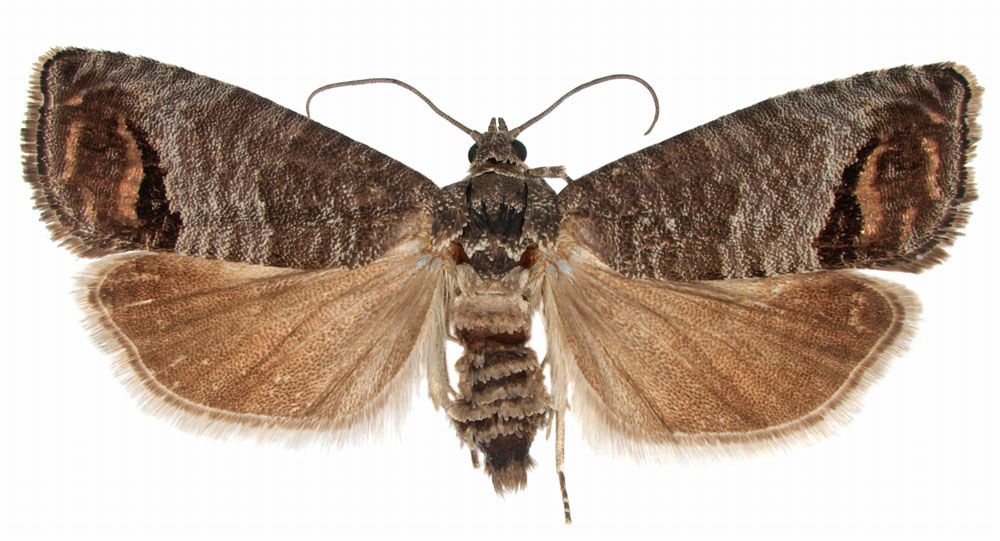
Codling Moth – Cydia pomonella
Codling Moth: Appearance, Territory, Damage and Life Cycle
Latin Name: Cydia Pomonella
Appearance: The codling moth (Cydia Pomonella) is one of the most significant pests of pome fruit in the world. It is extremely adaptable to a wide range of climate conditions and locations. Several chemical pesticides have been reported to be resistant. As a result, various approaches are necessary to properly eliminate this insect. The larvae gnaw their way into the fruits, generally at the blossom end, stalk end, or point of contact between fruits. Their spiral tunnel eventually reaches to the core and is a common cause of secondary infections.
Hosts Plants: Because the codling moth is polyphagous, or capable of consuming a range of foods, the availability of certain food supplies does not dictate its best habitat. On host plants that the larvae feed on, several phases of the moth’s life history, from eggs to pupae, may be discovered. Apple, pear, walnut, chestnut, and even apricot trees are among these florae.
Territory: The codling moth (Cydia Pomonella; CM) is a tortricid moth endemic to Europe that is now found in most regions of the world with suitable habitat.
Damage Insect Cause: The codling moth is a major and exceedingly damaging internal feeding pest in apples and pears throughout most temperate climates that produce pome fruits. This insect may cause full devastation of pome fruits if left untreated and may result in up to 80 percent –100 percent fruit damage. Before exiting the fruit, the larvae tunnel towards the apple cores and feed on the seeds. Crumbly golden-brown frass (excrement) is occasionally discovered at the hole through which the larva exited the apple.
Life History and Habits: Codling moths are a significant insect that wreaks havoc on apples, pears, and walnuts across the Pacific Northwest. The CM has a full life cycle (egg – larva – pupa – adult) and may cycle twice or three times each year. Moths arrive during the blooming season of apple trees to deposit eggs on the leaves or growing fruit. Adults of the second generation fly and deposit their eggs in July and August. The larvae that emerge from this generation cause the most havoc. If the first generation of codling moths is adequately controlled, the second generation’s impact can be limited.
